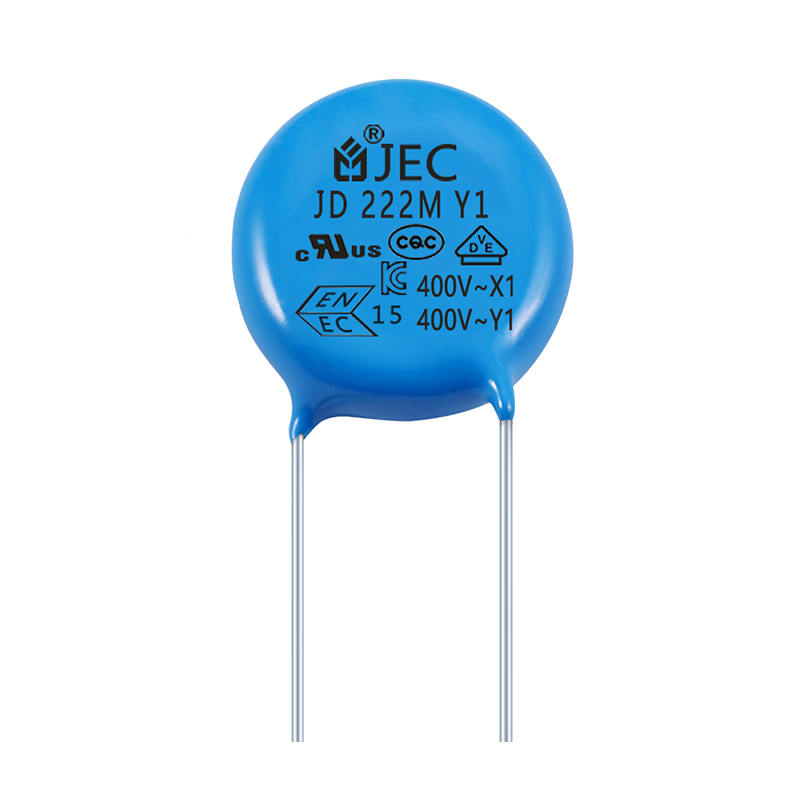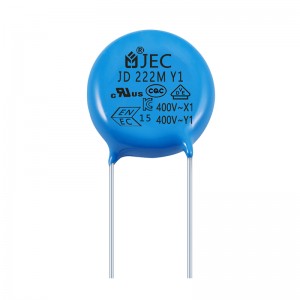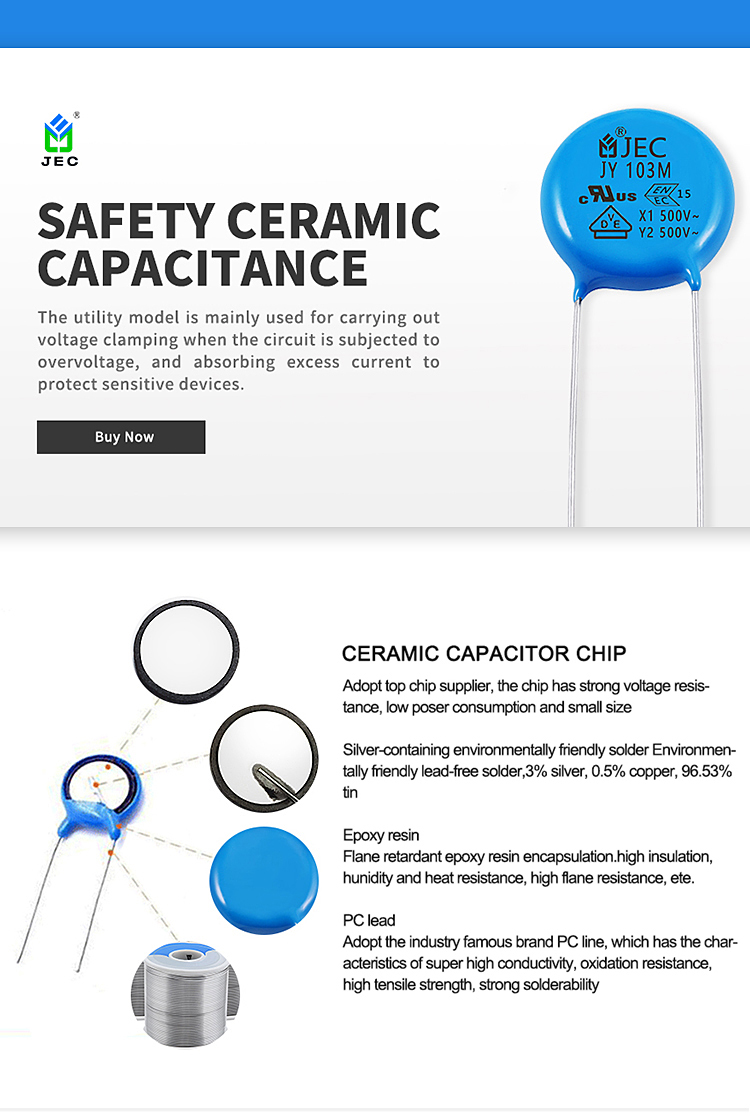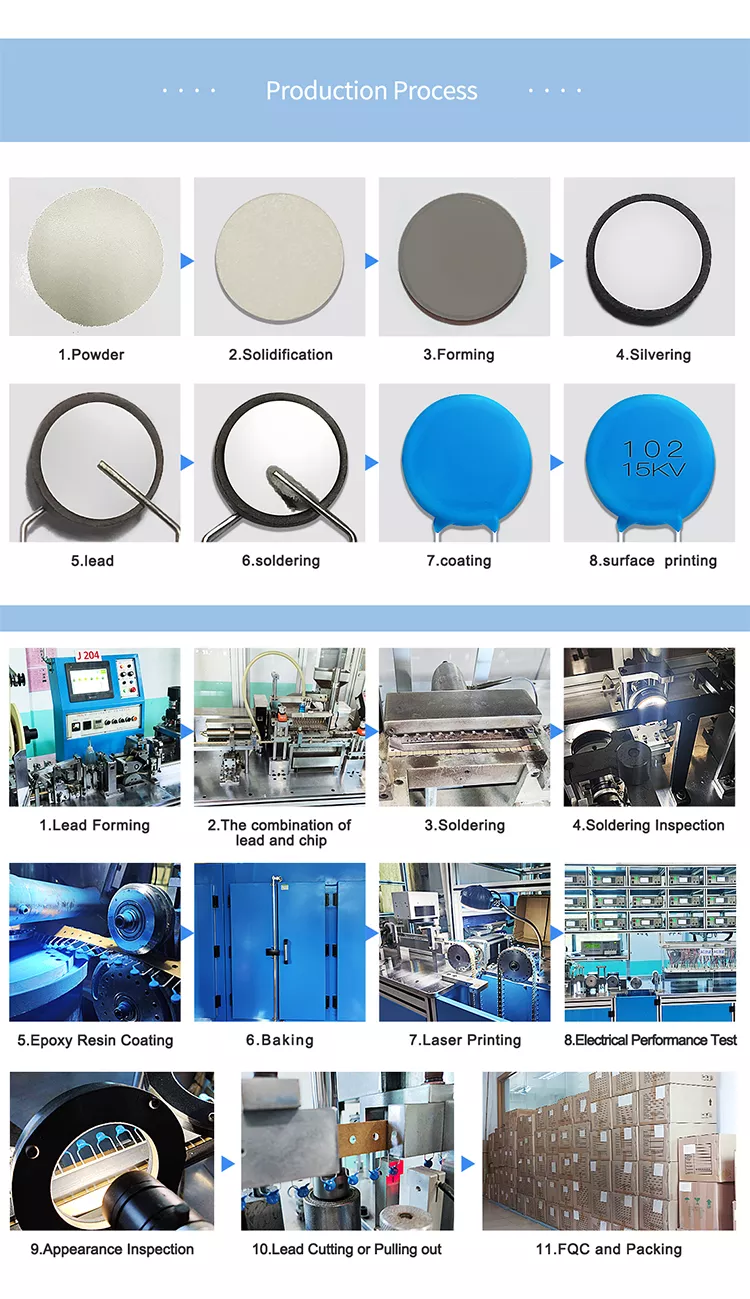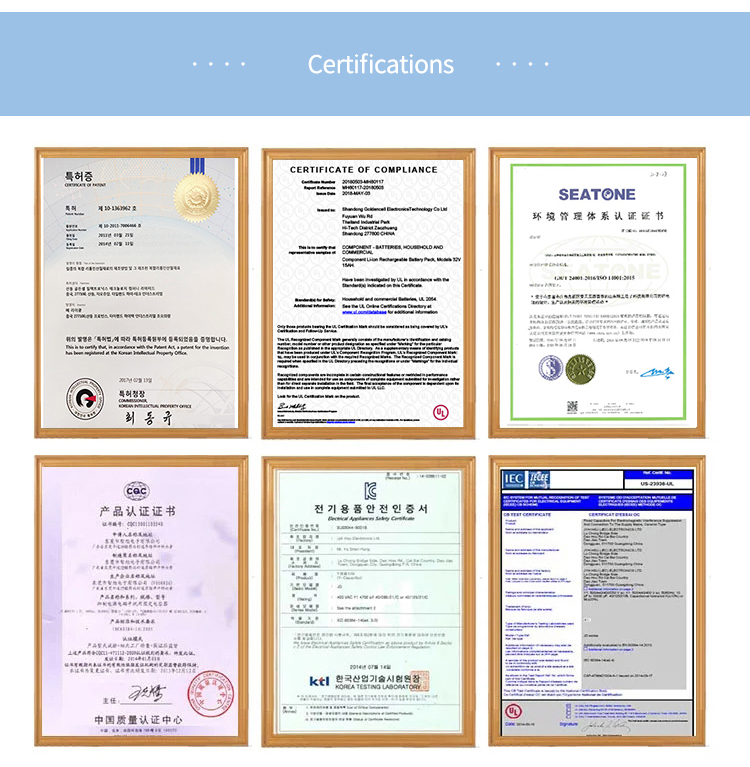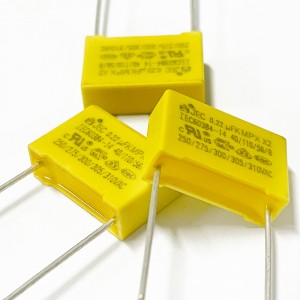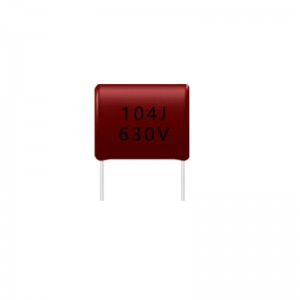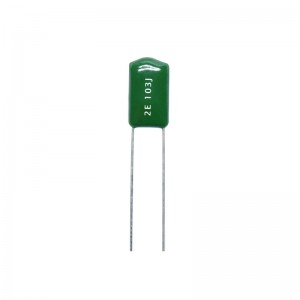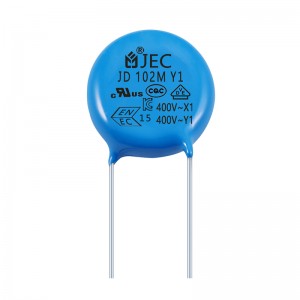Radial Ceramic Capacitor Class Y1 0.1uf
Features
Capacitance ranges from 10pF to 4700pF.
Operating temperature: -40℃ ~ 125℃
Storage temperature: 15℃ ~ 35℃
Capacitors for suppressing power electromagnetic interference have high dielectric constant ceramic dielectric and flame retardant epoxy resin encapsulation.
Structure
Production Process
Application
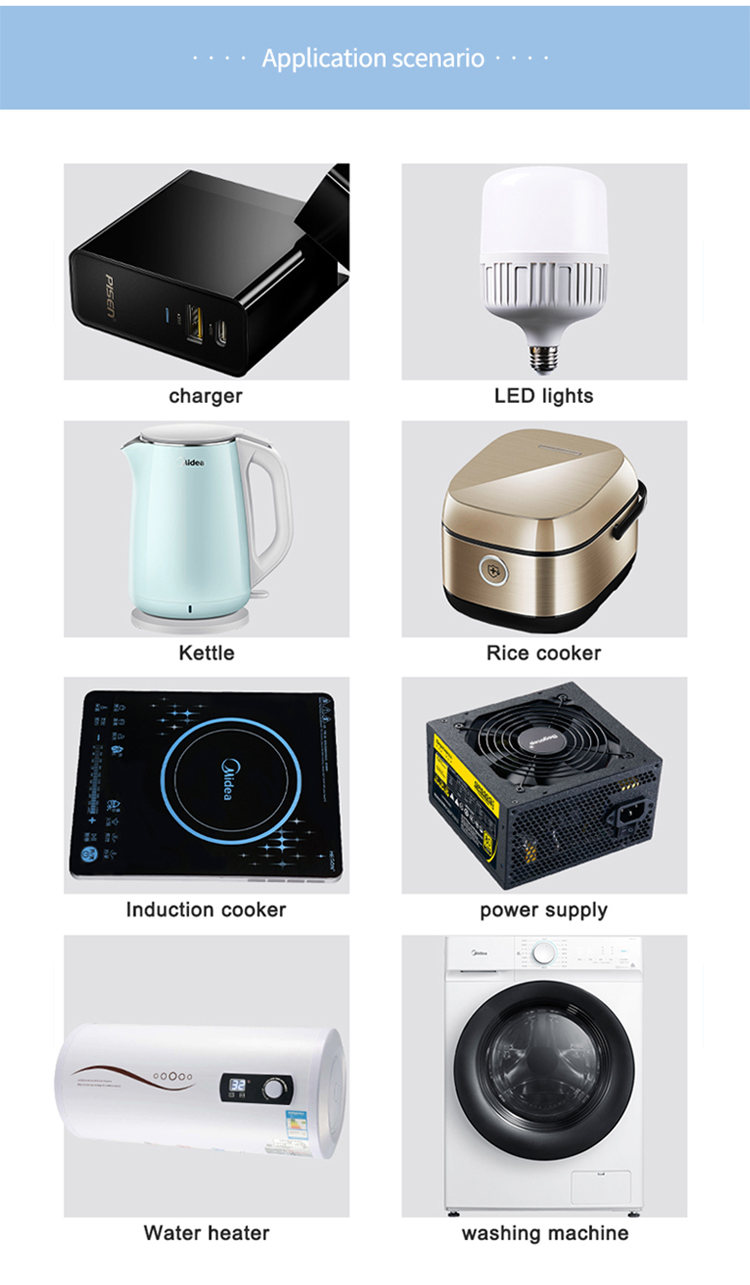
It is suitable for noise suppression circuits in power circuits of electronic equipment, and can also be used as antenna coupling jumpers and bypass circuits.
Line filters and X/Y rated capacitors for primary-secondary coupling of switching power supplies and AC converters.
Certification
JEC Y series capacitors are CQC (China), VDE (Germany), CUL (America/Canada), KC (South Korea), ENEC (EU) and CB (International Electrotechnical Commission) certified. All of our capacitors are in line with the EU ROHS directives and REACH regulations.
Packing Information
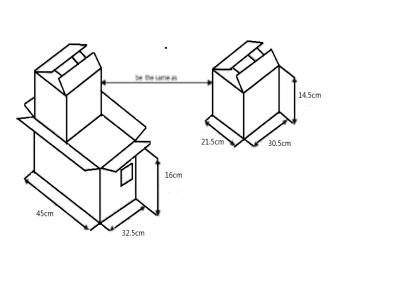
The quantity of capacitors in each plastic bag is 1000 PCS. Internal label and ROHS qualification label.
The quantity of each small box is 10k-30k. 1K is a bag. It depends on the product volume.
Each large box can hold two small boxes.
FAQ
What is the working temperature of the ceramic capacitor? What will be the effect if the temperature is too high or too low?
In electronic components, -25℃~+85℃ is the working temperature of ceramic capacitors. When working within this temperature range, the capacitance of the capacitors is normal, and the capacitors will not be easily damaged. If the temperature is too high or too low, it may lead to changes in capacitance or even damage to the capacitor.
In our laboratory, after testing, it is found that when using ceramic capacitors at a temperature of 200 degrees Celsius, the surface may not change, and the actual capacitance will decrease. Once again, we put the ceramic capacitor at a temperature of 800 degrees Celsius. This capacitor is already in an unusable state and is damaged. Therefore, exceeding the use range of ceramic capacitors will indeed cause the ceramic capacitors to fail to work properly. Therefore, when using a ceramic capacitor, you must pay attention to its operating temperature, and try not to place it next to electronic components that generate heat.

